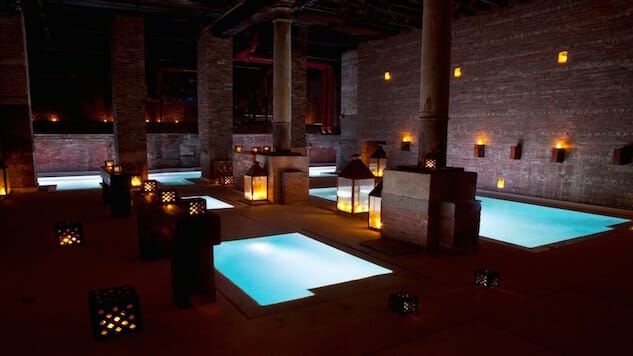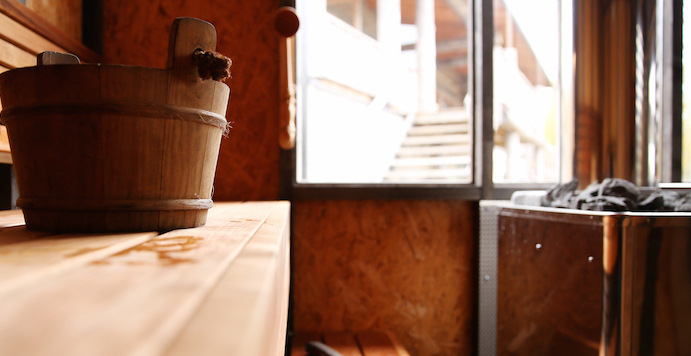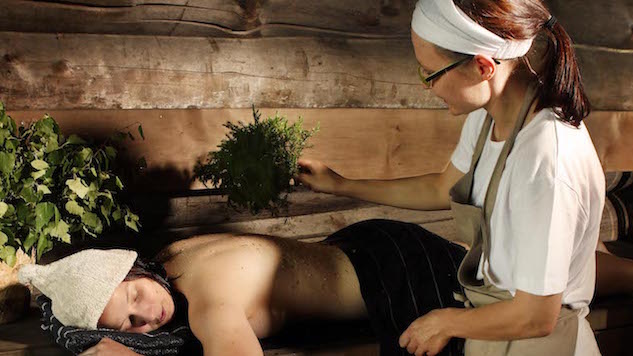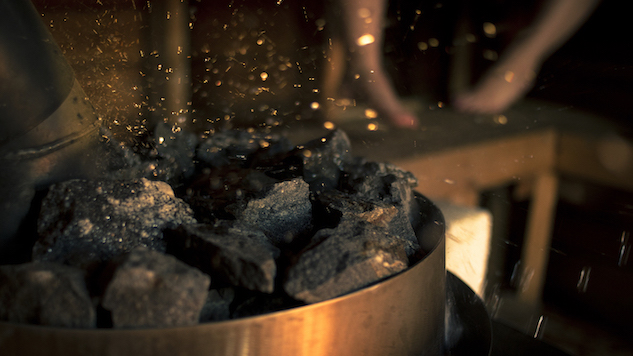Holistic Travel: The Science of Sweat
Main photo courtesy of AIRE's Facebook page
“This is not a competition,” Maaria instructed as we entered the sauna. “It’s all about listening to your body.”
It was the first week of February and snow flurries were falling outside of our glass-encased sauna sitting along the shore of frozen Lake Päijänne, the second largest lake in Finland. Maaria Alén, a sauna “healer,” was with us for the night explaining how to take part in this element of Finnish culture that has been around for thousands of years as a way to soothe the mind and body.
Based on Finnish folk tradition, the sauna and its steam are seen as a way to connect with nature and rid the body of toxins, used both at the beginning and end of a life cycle. Women gave birth in saunas and bodies were washed here before burial. For Maaria, sauna culture is just as much about the spiritual and cultural benefits as it is the physical.

Image: courtesy of Visit FinlandHarri Tarvainen
“There’s an old Finnish proverb that goes: ‘If sauna, liquor and tar don’t heal your condition, it’s fatal,’” she says as we take a seat and dip our feet in the homemade foot baths filled with branches of juniper, spruce and yarrow flowers, a combination designed to help relieve cramps and improve relaxation.
As one of only three whiskers left in the country, Maaria is bringing back this traditional type of sauna treatment that blends aromatherapy and massage in a form of curative bathing. On her drive that evening to the saunas at Lehmonkärki, a resort in the Lahti region of Finland, about an hour outside of Helsinki, she made detours in forests along the way to collect leaves and branches of juniper, pine, birch and spruce to craft the “whisks,” which are used to move hot air above the person being treated. This movement adds an aromatherapy effect during the sauna session, in addition to providing different health benefits from light massage, such as muscle relaxation, stress relief and lymph circulation.

Image: courtesy of Visit FinlandHarri TarvainenRuka Saunatour
-

-

-

-

-

-

-

-

-

-

-

-

-

-

-

-

-

-

-

-

-

-

-

-

-

-

-

-

-

-

-

-

-

-

-

-

-

-

-

-









































